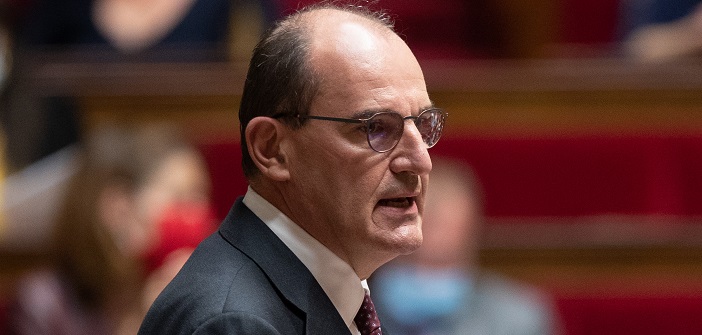The Government has unveiled its recovery plan to “regain our pre-crisis level of wealth by 2022.” Key points: €100 billion; it is the “most massive plan among major European countries” and “four times more than during the 2008 crisis.”
In detail: three main areas:
1) €30 billion for the ecological transition (thermal renovation of buildings, support for companies’ energy transition)
2) €35 billion for competitiveness, including a €20 billion reduction in production taxes and €11 billion in innovation aid.
3) €35 billion for social and territorial cohesion, with €14 billion for employment — targeting especially young people — and €6 billion for hospitals.
From the €100 billion recovery plan, the main takeaway is a deliberate objective: to prioritize businesses (cutting production taxes or investment aids). Of the €90 billion GDP lost in the first half of the year due to the crisis, the State absorbed 55% (decrease in tax revenue, increase in aid), households 5% (partial unemployment)… and businesses 40%.
It therefore makes sense that decisions favor supply more than demand (households’ purchasing power)…
In detail:
The €30 billion for the energy transition
Within the €11 billion allocated to transport, the SNCF is expected to receive €4.7 billion to redevelop rail freight, particularly the Perpignan-Rungis line, smaller lines, and two night train lines. The rest will be directed towards daily mobility, covering bicycle plans and public transport development.
In the €7 billion planned for energy renovation of buildings, public buildings (schools, universities, etc.) will be primarily targeted with €4 billion. About €2 billion will remain for households via the MaPrimeRénov’ grant, accessible to all households without income limits from January 1, 2021.
Finally, according to announcements, €9 billion will be allocated to support companies in their energy transition, notably through research and innovation, including €2 billion to develop “green” hydrogen, which does not depend on hydrocarbons for production. Regarding other measures, a budget is planned for biodiversity, and €300 million will go to accelerating the renovation of water networks, especially overseas.
The €35 billion for competitiveness
The plan aims to reduce production taxes by €10 billion in 2021 and then in 2022 (i.e., €20 billion over two years), a measure intended to be permanent. This will involve halving the contribution on companies’ added value (i.e., €7 billion) and halving the property taxes on industrial sites. This reduction in production taxes will benefit 42% to medium-sized enterprises (ETIs), 32% to SMEs, and 26% to large companies, according to the government.
The €11 billion planned in the upcoming Investments for the Future Program (PIA) will be channeled into the recovery plan and will especially include innovation aids from Bpifrance. The €3 billion in support for companies’ equity will be granted via a public guarantee associated with participatory loans provided by banks or funds that would be state-labeled. The government hopes to create a leverage effect and mobilize the banking sector for between €10 and €15 billion.
The State will subsidize industrial development in regions to the tune of €1 billion, with €400 million for the existing “industry territories” scheme and €600 million for a call for projects on relocating production in France. Finally, €385 million will be allocated for the digital transition of very small and medium-sized enterprises.
The €35 billion for social and territorial cohesion
A youth employment plan, endowed with €6.5 billion, already passed this summer, includes in particular a €4,000 aid for hiring a young person under 25 for a contract of at least three months, bonuses for hiring young people in alternation, integration contracts, or extended civic service. Added to this is an “anti-unemployment shield,” which will be deployed through long-term partial activity (€6.6 billion) and a strengthening of the FNE-Training scheme, focused particularly on future sectors (€1 billion).
For the rest, €5.2 billion will support investment by local authorities. Approximately €6 billion, unlocked within the Ségur de la santé, is planned for supporting hospital investment. Among social aids, there is a €200 million increase in the poverty and anti-exclusion plan. There is a bit more than €5 billion left whose details are not yet known, but it is known that €350 million is planned to finance the renovation of endangered bridges in various territories.


